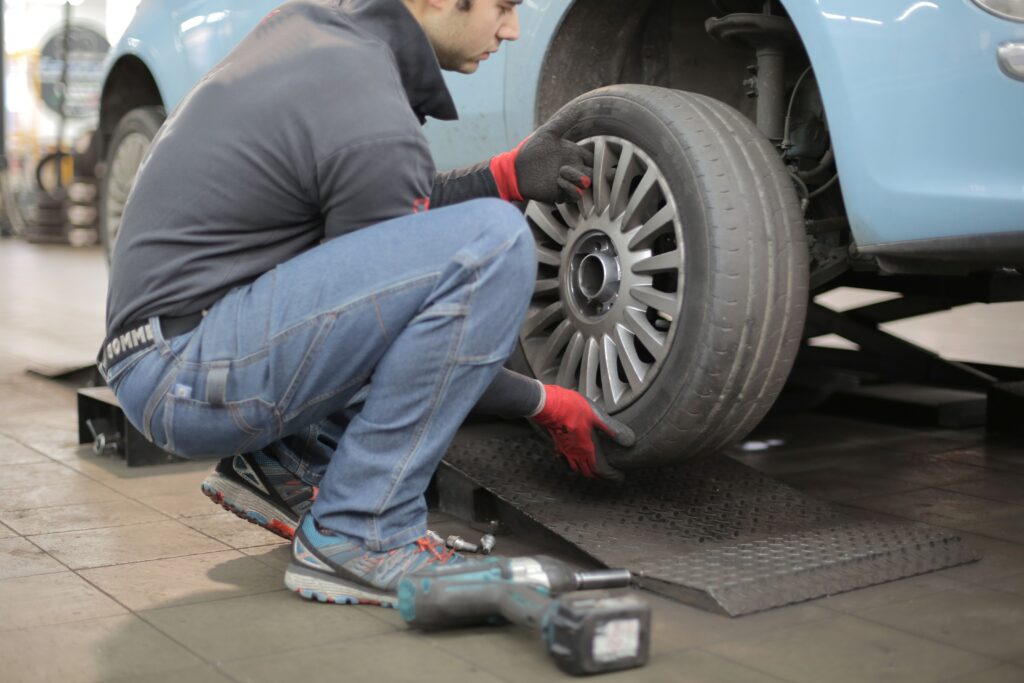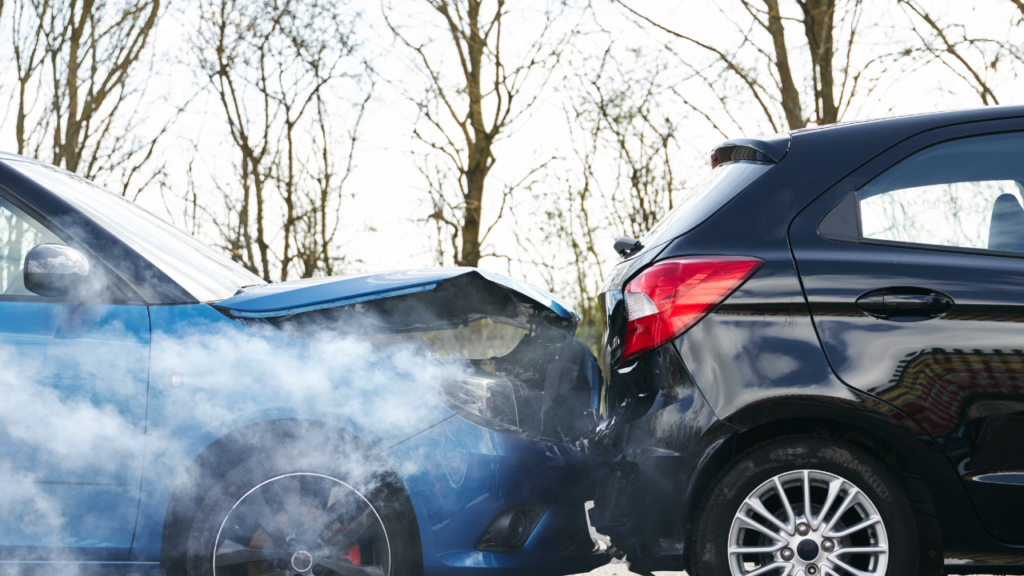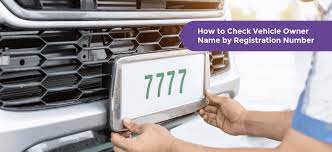This article is all about an Automobile Insurance Information Guide-car accident in California. Is California a no-fault state as far as car accidents and insurance coverage is concerned? How many car accidents occur in California what should you do immediately if you are involved in a car accident? What is the average settlement for car accidents in California? How soon should you report your car accident in California? If you really want to find out, let’s dive in now and get the tips.
Page Contents
Introduction to California Automobile Insurance
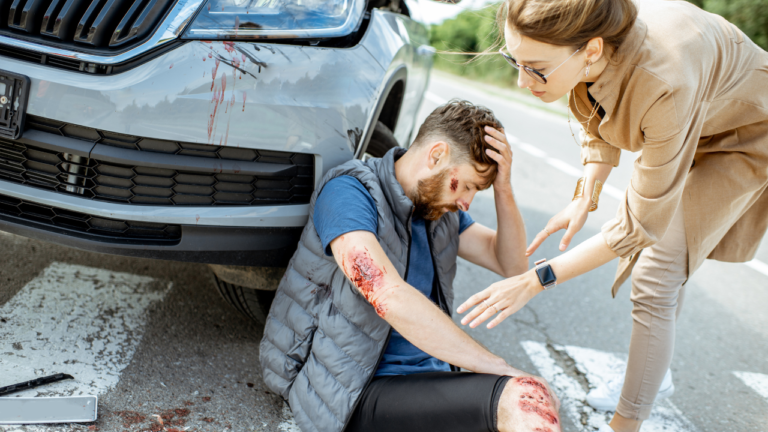
Insurance is nothing but a contract between the policyholder or the insured and the insurance company. The policyholder accepts to pay periodic premiums while the company accepts to take over your insured risks.
Types of auto-insurable risks include:
- Collisions
- Car theft
- Liability coverage risks
- Accidental car damages
- Gap coverage for leased or financed cars
- Personal injuries
- underinsured /uninsured collisions and
- Other no accident-related events.
Just like in any other state in the USA, It is required by law to drive on the roads only if you carry car insurance coverage. According to California Vehicle Code Section 16029, every driver should show evidence of financial responsibility before he or she is allowed to drive. A driver will only show proof of financial responsibility only by buying car insurance coverage.
In California, the penalty for not buying a yearly car insurance coverage is $850 for adults whereas the penalty for an under 18-year dependant driver is $425. For instance, your will pay at least $2,550 if you are a family of 4 members who did not buy a yearly auto insurance coverage.
What auto insurance coverage should I have in California?
The 5 types of car insurance coverage available in California include the following:
- Liability insurance coverage
- Comprehensive car coverage
- Collision coverage
- Underinsured/uninsured motorist coverage
- Gap insurance and
- Personal injury protection coverage.
You will only be considered to be carrying full coverage car insurance only if you bought Collision coverage, liability insurance coverage, and Comprehensive and personal injury protection coverages. If you need more info about full car insurance, see this article.
According to California Insurance Code §11580.1b, Every driver should carry a minimum liability car insurance of $15/30/5. This can be interpreted as:
- You should buy liability coverages of $15,000 payable to one injured person.
- $30,000 covers all people injured in the car accident you caused (more than 1 person injured)
- $5,000 used to cover any property damages you are are at-fault for.
What you should know is that California’s minimum car insurance coverage is not enough. For instance, you are not mandated to buy other coverages like collision, comprehensive, and uninsured/underinsured coverages.
More so, the minimum liability of $15,000/30,000/5,000 is too little to cover the average settlement, for most of the common personal injuries and property damages. we highly recommend you buy higher than the minimum required coverages.
The most commendable car insurance coverage in California is $50,000 per person injured and at least $100,000 as liability coverage if more than one person is injured in the accident. For households where money is not a problem, I recommend $100,000/300,000 as coverage for car accident bodily injuries.
State of California auto insurance
In addition to a liability insurance coverage of $15/30/5, you will also be required to buy underinsured/uninsured motorist coverage of $15,000/30,000 for personal injury coverage. If you do not know how uninsured/underinsured motorist works, see this amazing article.
CDI, California Department of Insurance is the agency tasked with insurance consumer protection. According to the data available, the estimated premiums collected by insurance companies in California are close to $340 billion, meaning that it is the largest insurance consumer in the USA, and 4th insurance market worldwide.
Pure Comparative Negligence System
If there occurred any car accident, there is the likelihood that either one driver or both shares responsibility or fault for the accident. The careful driver who is injured due to the negligence of another driver deserves compensation for his/her losses.
Many states follow different ways of determining driver negligence and who pays compensation in car accidents. Usually, the negligent driver pays. Here are different variations of fault systems used by different states.
Contributory Negligent System. This system bars one driver from collecting compensation or settlement from another driver when he contributed to the occurrence of the accident. For instance, if driver A is 40% fault while driver B is 60% fault for the accident, NO DRIVER is entitled to compensation. They both receive nothing from each other.
Examples of contributory negligence system states include Maryland, Alabama, Virginia, and Washington DC.
Comparative negligence system. In these states, each driver pays or receives compensation based on how much each contributed to the accident. For instance, in the above scenario, if the jury determines that driver A deserves $200,000 as compensation from driver B who is more at fault in the accident, driver A will not receive the full $200,000. Examples of comparative negligence states include New York, California, Massachusetts, and Michigan.
Driver A only receives $200,000 less y 40% because he too contributed 40% to the occurrence of the accident. Instead, driver A will only collect $120,000 from driver B who shares the highest fault in the accident.
In the Pure Comparative Negligence System, the plaintiff deserves compensation and will collect a settlement even if his degree of negligence in the accident is higher than the defendant. For instance, driver B in the example above will collect compensation from the driver even though driver A is less at fault for the accident.
In simple terms, both drivers pay according to their degree of negligence. Examples of pure comparative negligence states include Florida, New York, and California.
No-Fault negligence system. In these states, any driver that is involved in a car accident gets compensated by his own personal injury protection coverage, unless the medical bills and other damages exceed his policy limits.
These states, therefore, require every driver to purchase a minimum stated personal injury protection (PIP) coverage. Examples of no-fault states include Hawaii, Kentucky, Utah, and others.
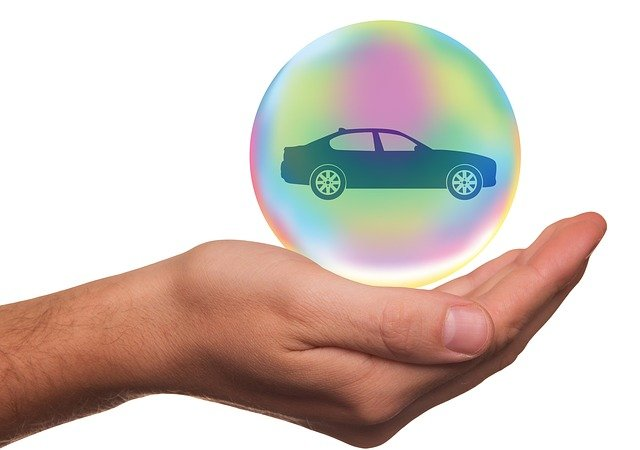
Car accident in California
According to 2021 data, there were more than 14,201,400 registered automobiles in California. According to 2001 data, there were 13,641 motorcycles and 51,338 publicly owned vehicles in California.
It is also estimated that there are approximately more than 200,000 car accidents in California. These car accidents in California and other causes of other personal injuries account for more than 1 million injuries yearly. 3 major causes of car accidents in California include speeding, distracted driving, and drinking under influence.
Car accident no police report in California
If you are involved in a car accident in California where there are people injured or any property damaged, the law requires you to report the accident and make a police statement within 24 hours.
Failure to report the accident to the police may cost you your driving license. You will also face penalties if you had an accident and are found with no insurance coverage.
California auto insurance claims laws
If you are a driver in California, you must prove financial responsibility before you are allowed on the roads. You have to prove to the authorities that you are capable of paying damages if you caused any financial losses to another driver.
You must prove that you carry liability coverage of $15,000/30,000/5 and uninsured/underinsured liability of $15,000/30,000. You will be entitled to compensation for your losses and injuries from the at-fault driver.
California auto insurance claim laws state that the driver with the highest degree of negligence in a car accident compensates the others. You must buy the required minimum coverage before going behind the wheel.

What to do in case of an accident in California Accidents?
Please do the following in case of an accident in California:
- Do not move your car if you or any other passengers in your car are injured, otherwise, move your car to a safer roadside point where it impeeds no traffic.
- Call and inform the police and your insurance company right away.
- Take pictures of the accident scene in relation to the surrounding areas, take pictures of personal injuries, car damages eg scratches, skid marks, side of the car damaged, etc.
- Exchange vital information with the other driver like names, addresses, insurance information, etc.
- Ask witnesses or passersby to tell you what they saw, and if possible get their personal information like phone numbers, addresses, names, and others.
- Upload all taken pictures to your insurance company App and accept going to the hospital by ambulance if injured.
Accident Reporting Requirements in California
For any person involved in a car accident in California, the following are accident reporting requirements in California.
- You must report the accident to the police in at least less than 24 hours.
- For a car accident, you must report to DMV using an SR-1 form.
- Your adjuster or attorney or yourself must complete the SR-1 form and send it to DMV within less than 10 days.
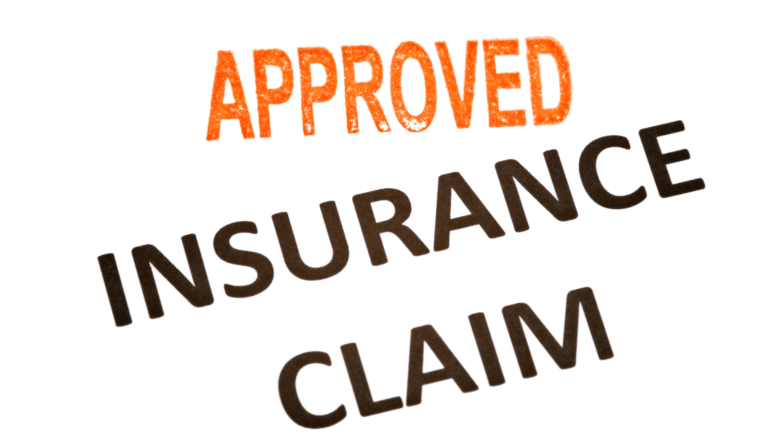
The average settlement amount for car insurance in California
If you just got involved in a car crash in California, you may be entitled to a settlement as compensation for the damages or losses you incurred. Since California does not subscribe to a no-fault system, you will collect a settlement only when your degree of negligence is less than the other driver’s.
Car accident settlement in California is somewhere between $14,321 and $28,215, with an average settlement of around $21,000.
Hopefully, you were able to learn a ton from this article about Automobile Insurance Information Guide and car accidents in California. See you soon.


